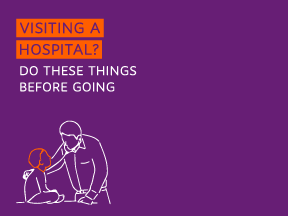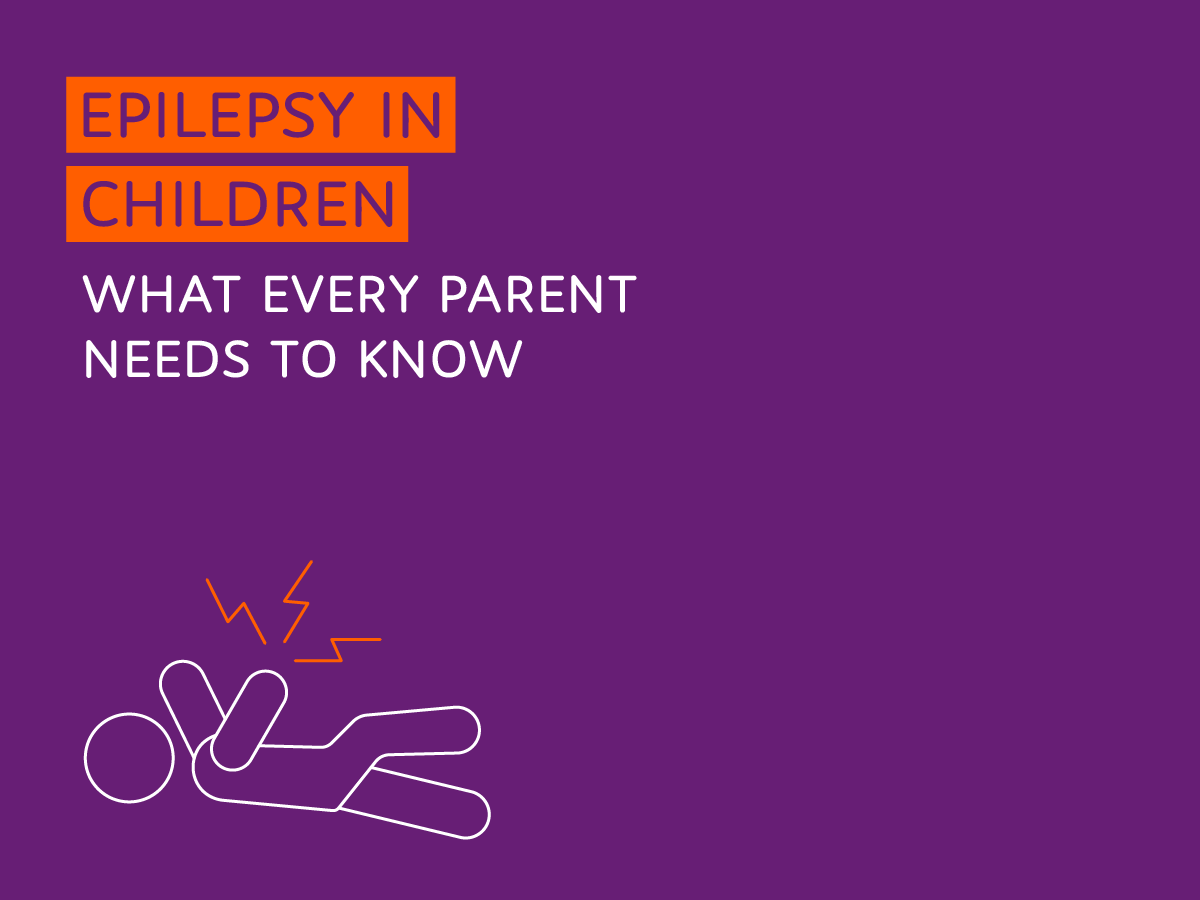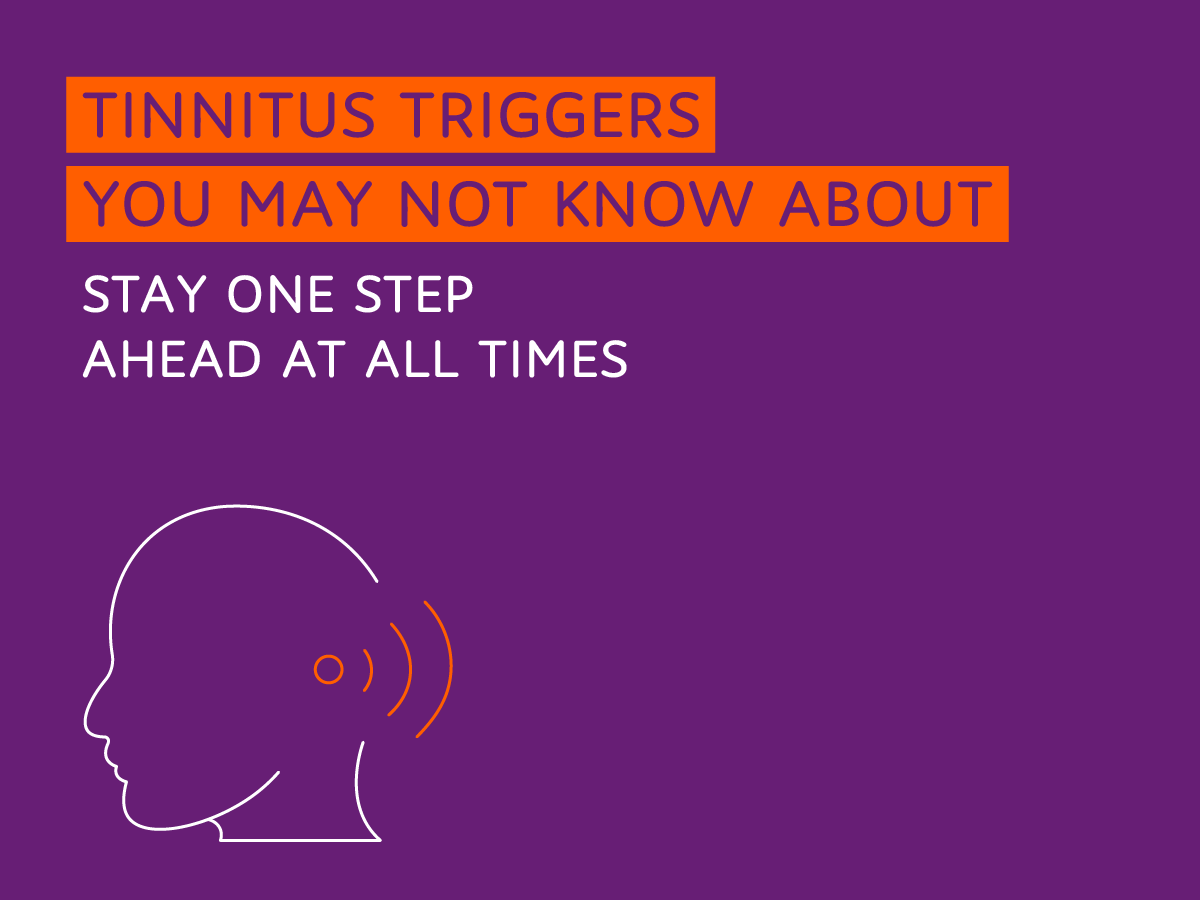Posted on March 21, 2025

Every year on March 21, the world comes together to recognise International Down Syndrome Day, a moment to celebrate the unique qualities, contributions, and resilience of individuals with Down Syndrome.
While awareness around the condition has grown significantly, there are still plenty of surprising facts that can educate and inspire. Understanding and appreciating these amazing individuals is key to building a more compassionate and inclusive society.
This article sheds light on some lesser-known aspects of Down Syndrome to help foster understanding, break stereotypes, and encourage an inclusive society.
1. It’s Named After Dr. John Langdon Down
Down Syndrome gets its name from Dr. John Langdon Down, who first described the condition in 1866. However, it wasn’t until 1959 that the genetic cause of Down Syndrome was discovered by Dr. Jérôme Lejeune, who found that it was linked to an extra copy of chromosome 21.
2. It Doesn’t Come from the Parents’ Lifestyle Choices
There’s a common myth that Down Syndrome is caused by something parents did or didn’t do during pregnancy. The truth is, this condition is caused by the presence of the extra chromosome, which occurs randomly at conception and can happen to anyone, regardless of cultural, geographic, or socioeconomic affiliations.
3. A Symbol with Sole (Literally!)
Have you seen people wearing brightly mismatched socks on March 21? This fun trend represents World Down Syndrome Day and promotes celebration of differences.
Why socks? Because chromosomes resemble little socks, and the idea is to “mismatch” the norm, just like the beauty of diversity. It’s a small act with a big impact – plus, who doesn’t love a reason to add some fun to their wardrobe? And remember, the bolder and brighter the socks, the better!
4. Blue and Yellow – The Official Colours
These cheerful colours are more than just eye-catching – they are a beacon of hope, positivity, and unity. Blue symbolises strength and resilience, while yellow radiates joy and optimism. Together, they embody the spirit of the Down Syndrome community.
5. Extra Chromosome – A World of Possibilities
The extra chromosome unlocks just as much potential as it does challenges. Many individuals with Down Syndrome are changing the world with their talents, ambition, and achievements, showing us all that a little extra can mean a lot.
6. A Natural Superpower for Making Connections
People with Down Syndrome have a knack for connecting with others. Their warmth, kindness, and genuine empathy create bonds that are hard to forget. They often carry an extraordinary ability to spread positivity wherever they go, making them some of the most joy-filled influencers in their communities.
7. Superb Visual Learning Skills
Studies show that many individuals with Down Syndrome excel in visual learning. They often process and retain information better when it is presented through images, videos, and visual aids. This strength is being leveraged in schools and workplaces to help them succeed.
8. They are Breaking Barriers and Making Waves
Thanks to advancements in healthcare, early education, and inclusive support systems, many individuals with Down Syndrome go on to graduate high school, hold jobs, and even live independently. Some pursue higher education, manage small businesses, or break barriers in fields like acting, fashion, sports, and public speaking.
9. Sleep Apnea Is Common, but Manageable
One lesser-known health fact is that many individuals with Down Syndrome experience sleep apnea due to differences in facial anatomy. Fortunately, interventions such as continuous positive airway pressure (CPAP) therapy have improved their quality of rest and overall health.
10. Their Life Expectancy Has Increased Dramatically
Thanks to medical advances, the life expectancy of people with Down Syndrome has grown significantly, averaging around 60 years today compared to just 25 in the 1980s. Early intervention, better healthcare, and community support have played a huge role in this improvement.
11. The UAE Leads by Example in Inclusion
The UAE continues to blaze a trail in inclusivity for people with disabilities, including individuals with Down Syndrome. Programs like Abu Dhabi’s Zayed Higher Organization for People of Determination and the UAE Down Syndrome Association work tirelessly to provide resources, education, and community support to build a society where everyone has equal opportunities to thrive.
Uniting for a More Inclusive World
Down Syndrome is a vibrant reminder that diversity is a strength. On this International Down Syndrome Day, we celebrate the countless contributions of people with Down Syndrome to our communities.
By learning more, breaking down misconceptions, and building connections, we can foster a world that truly welcomes and embraces everyone. Remember, inclusion is not just about awareness; it’s about taking action to support and uplift those around us. Together, we can ensure Sukoon For All by building a kinder, more equitable society.



















